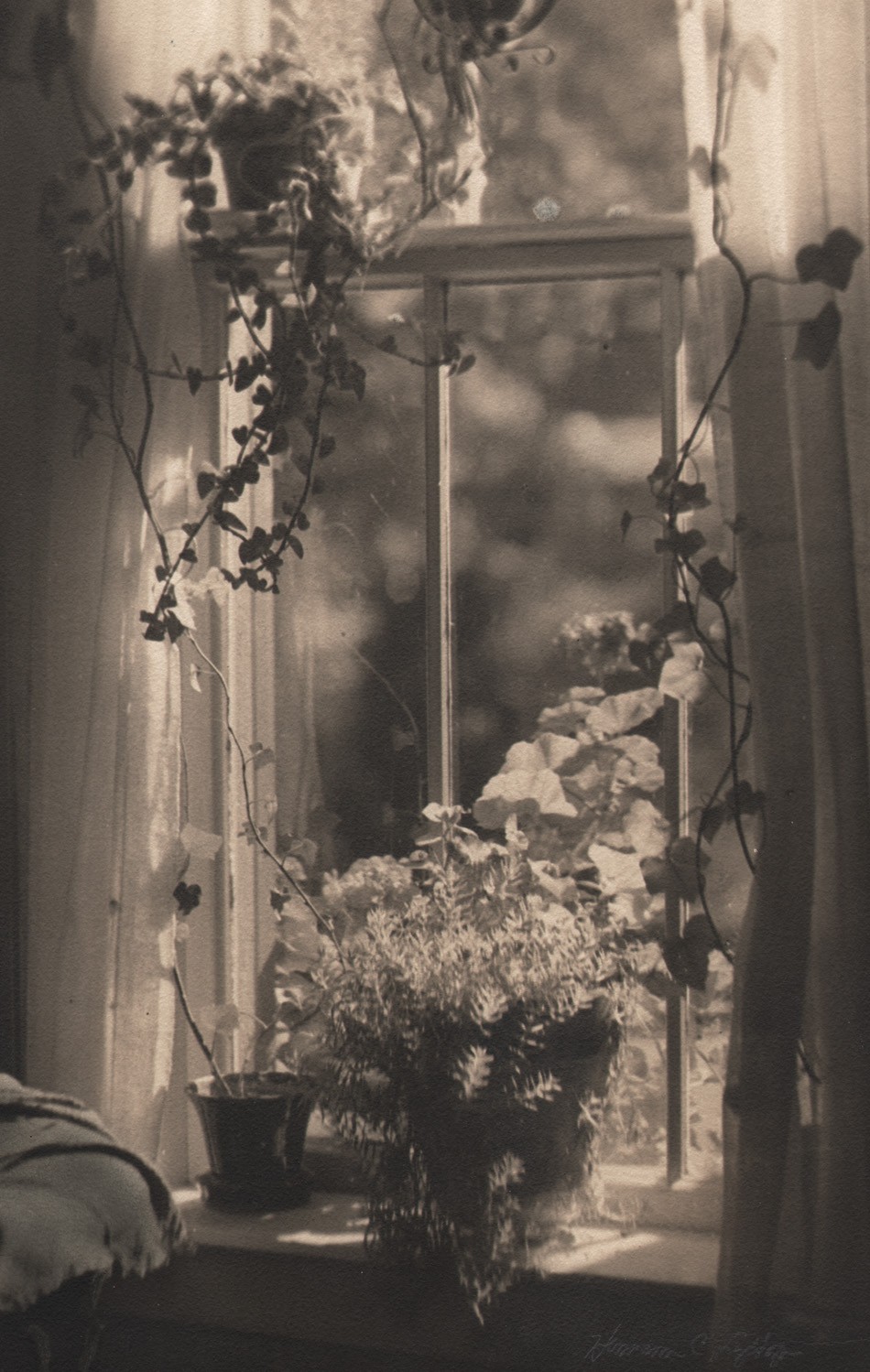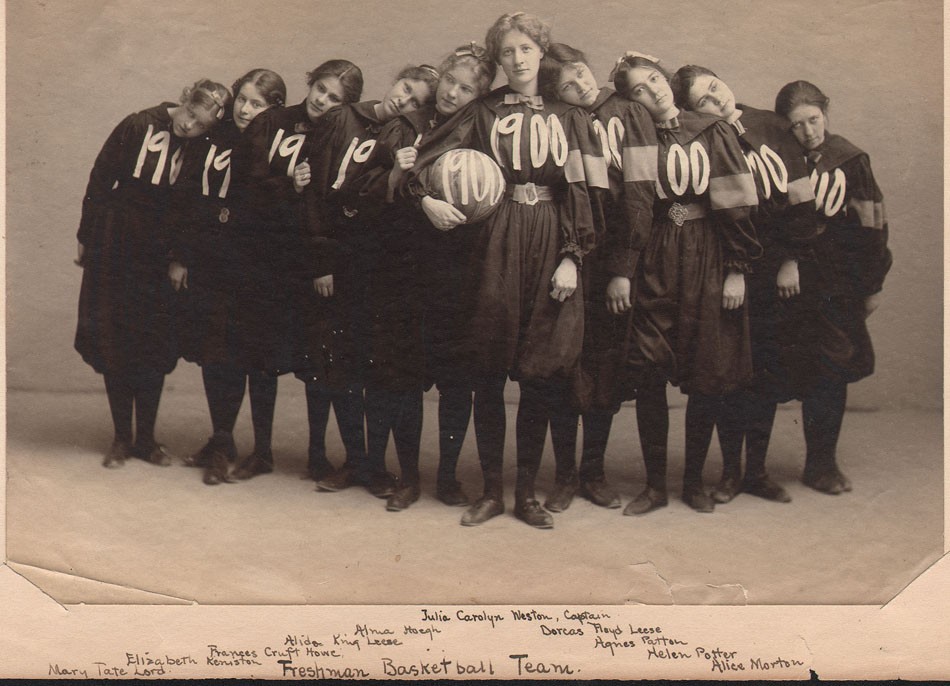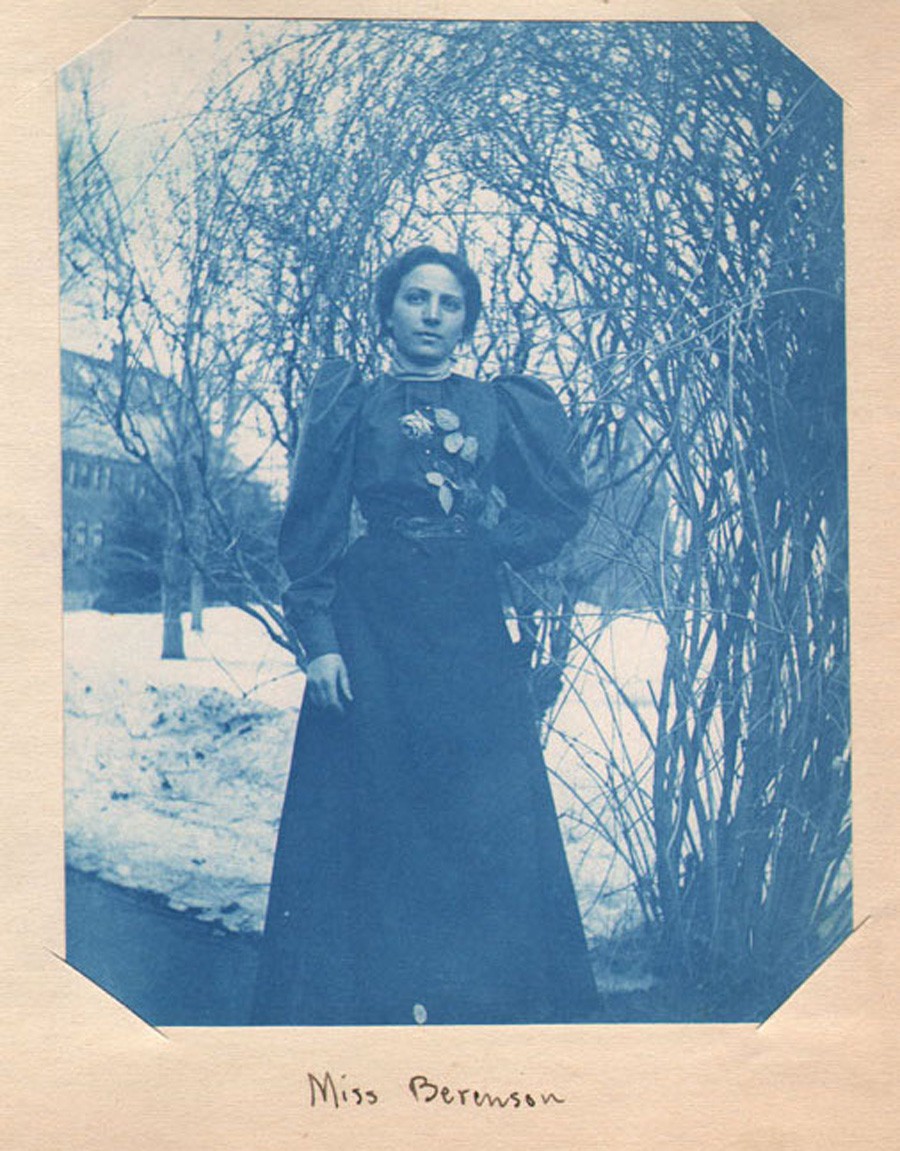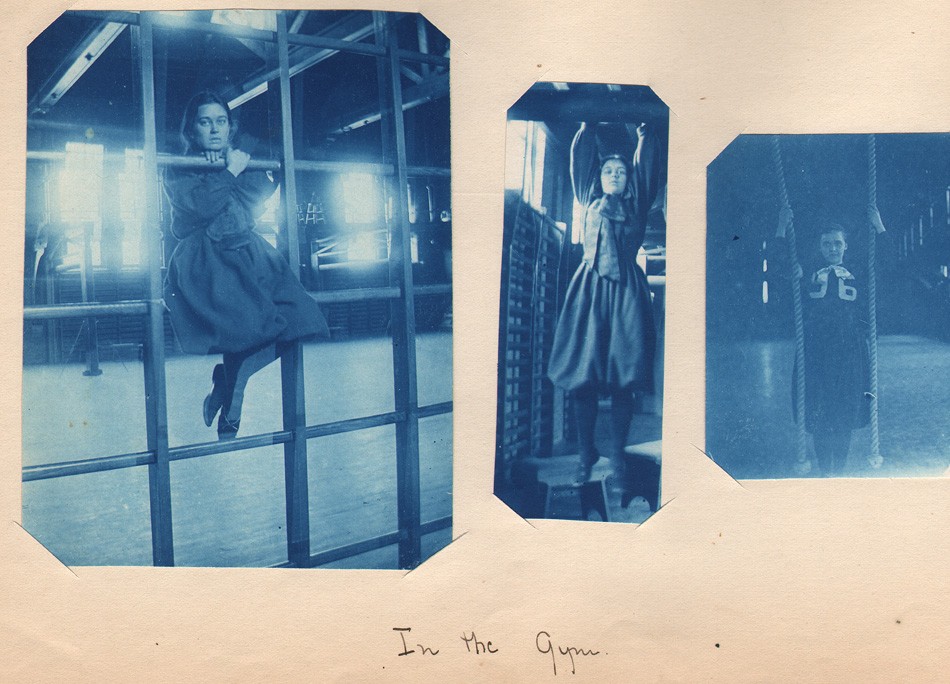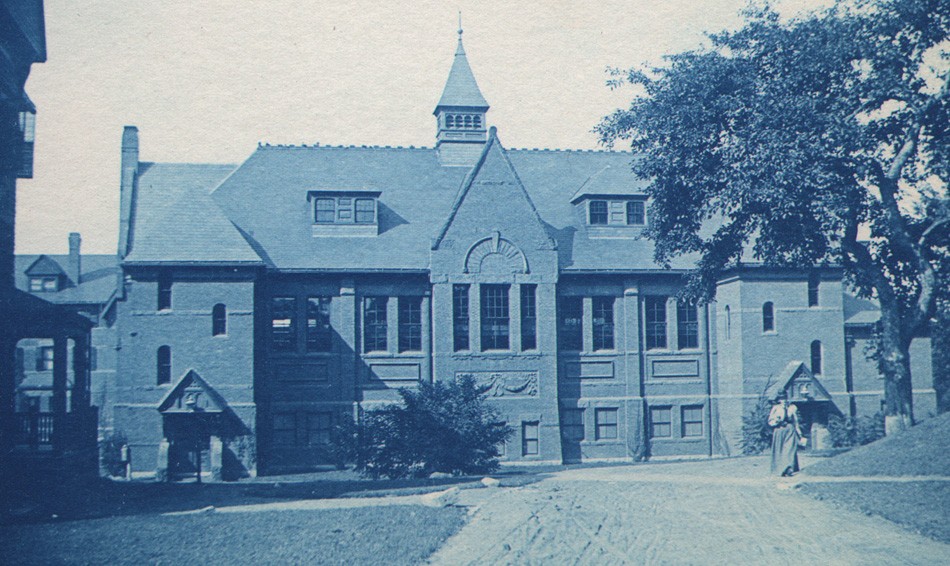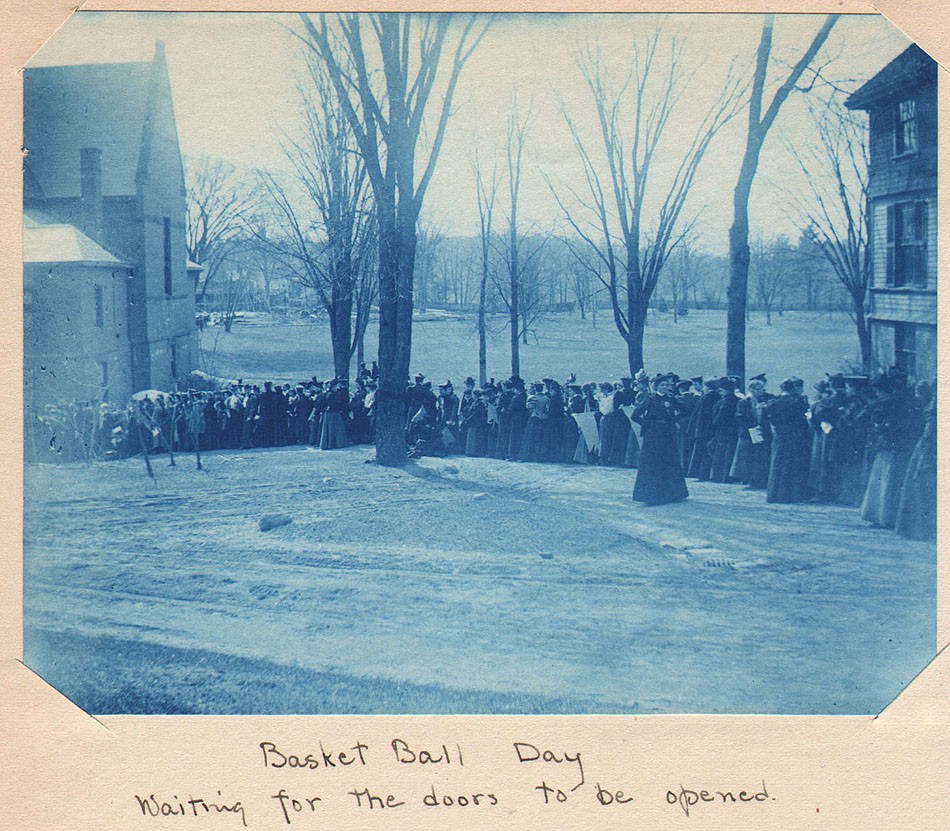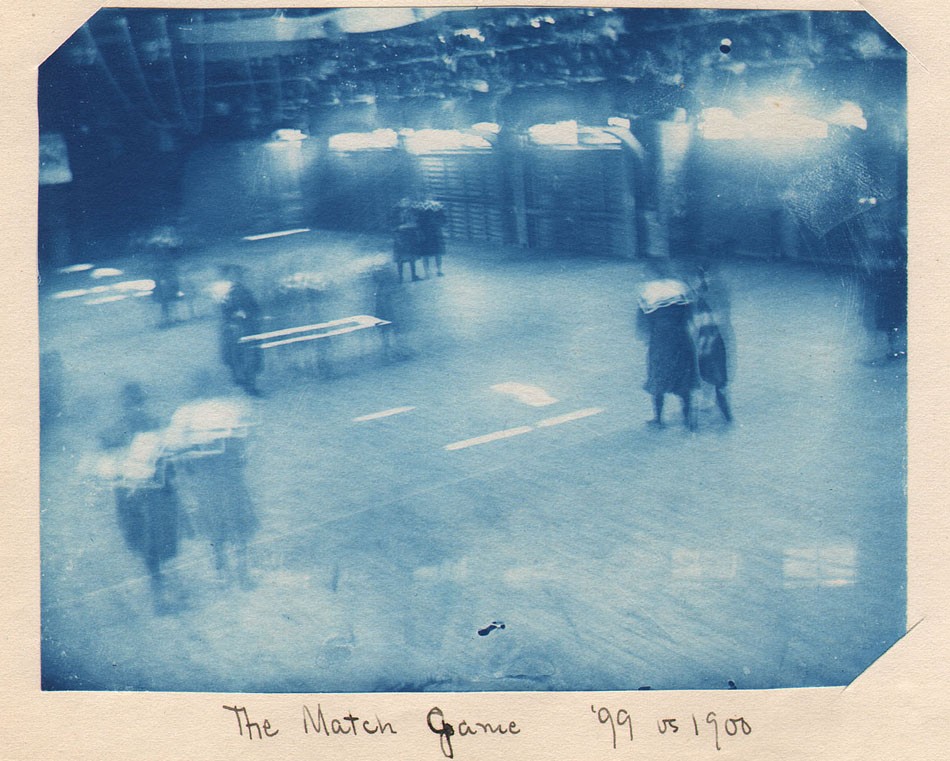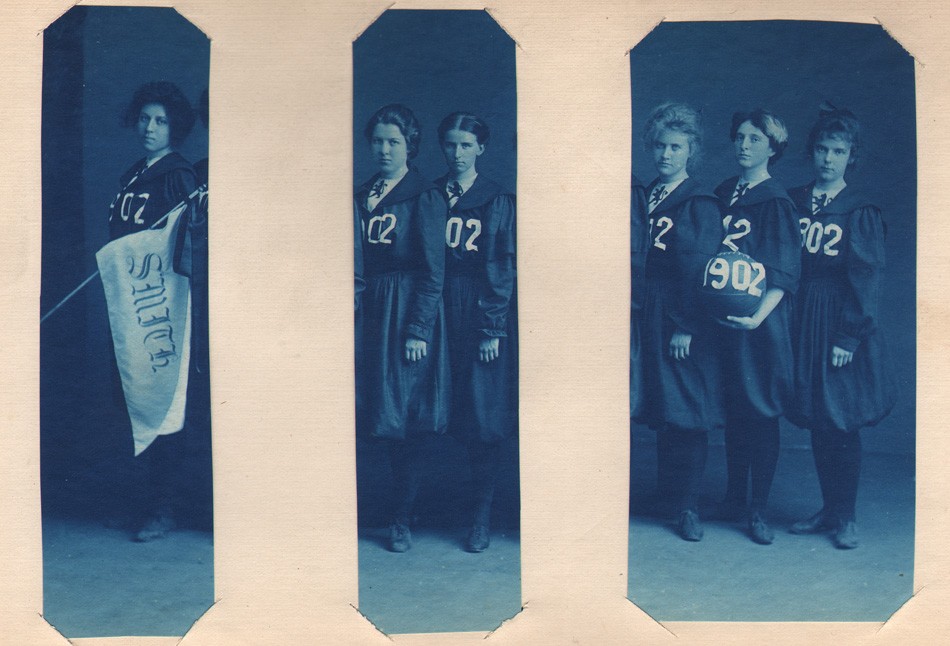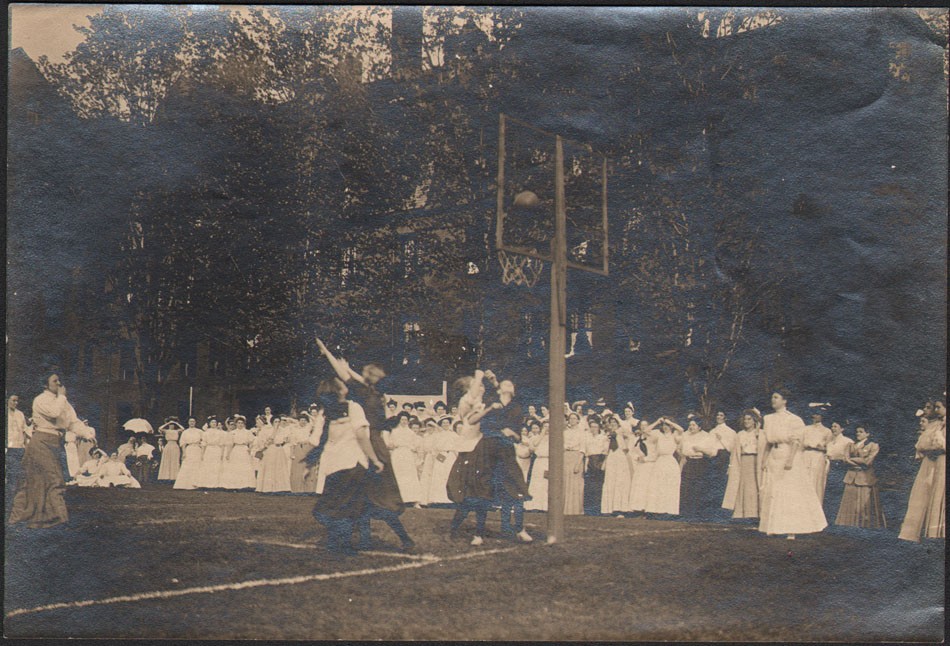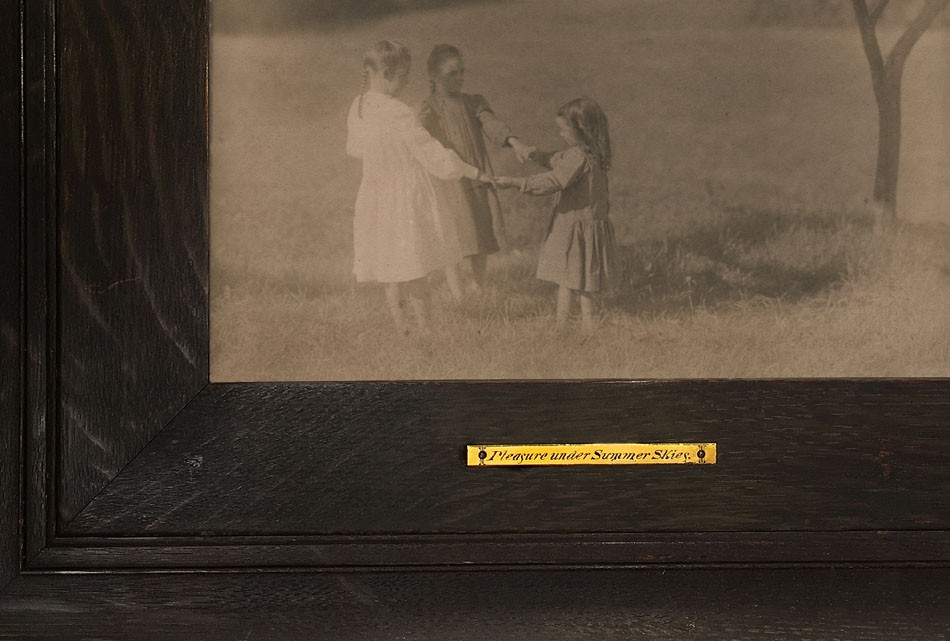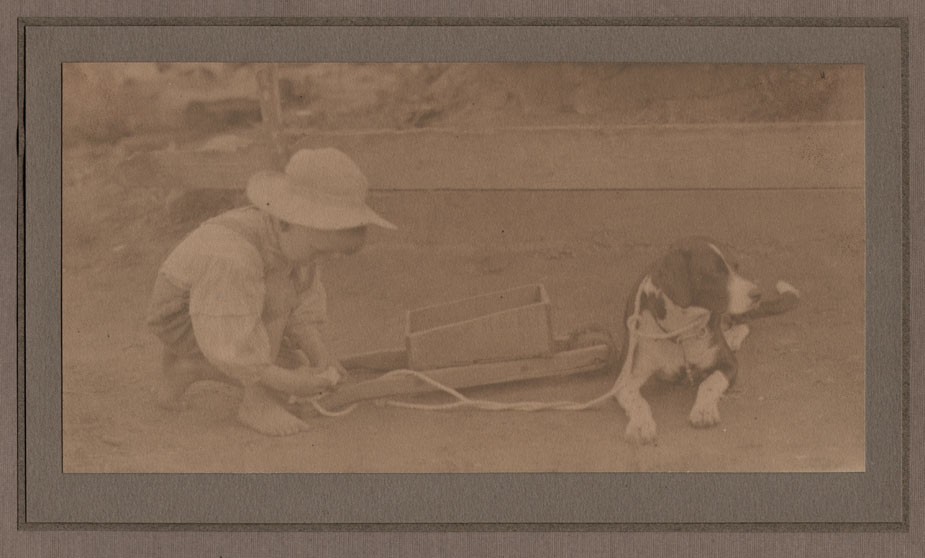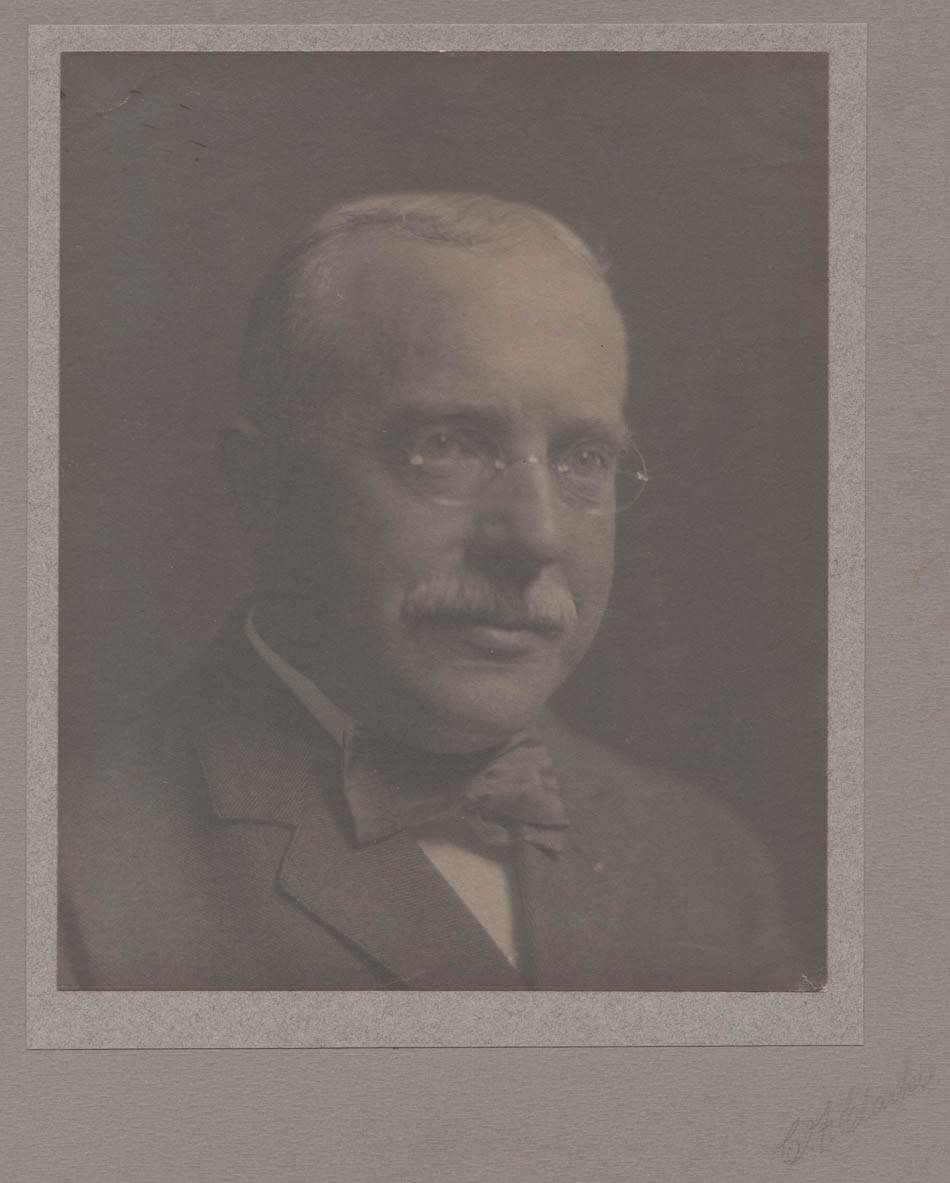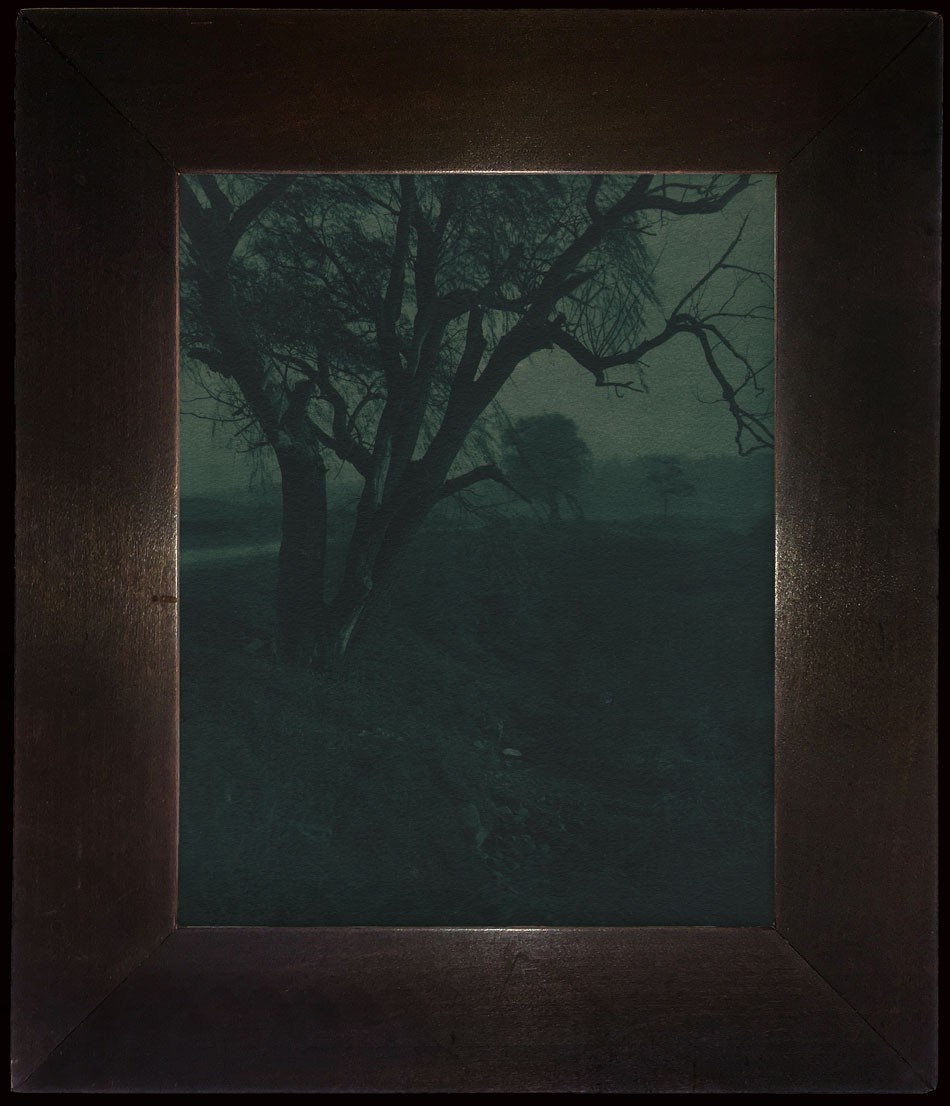As New York City takes center stage for the role of viral epicenter it did not ask for, it has revealed a longstanding tenacity of spirit and resilience baked in- her very landmarks, monuments and memorials infused with the history of the shared past now standing silently yet propelling it ever forward. Combined with those higher graces of social inclusion and togetherness representing an ideal for American Democracy, these places and symbols will continue to forge and unite the connections between cultures, commerce and diasporas for the common good- in the days ahead and for the future. -David Spencer

“Brooklyn Bridge”: Adolph A. Wittemann, American (1845-1938). Vintage Japan-tissue photogravure: 1889: printed ca. 1897-1900: Photogravure and Color Co. (New York): 8.8 x 17.1 | 12.6 x 19.7 cm | supports: 20.6 x 28.0 | 22.2 x 29.1 cm. Ferries and other marine craft navigate the East River in this pictorial view emphasizing the span of the famous bridge by Wittemann. Conversely, in a gelatin silver variant held by the Museum of the City of New York: “Looking over New York toward the Brooklyn Bridge”, (x2010.11.3891) the foreground frame shows a greater concentration of buildings and less river activity. In 1890,The Getty Research Institute’s Art & Architecture Thesaurus notes, Adolph Wittemann and his brother Herman would found The Albertype Company, a Brooklyn-based publisher employing the collotype (or albertype) photographic process. “The company operated from 1890 to 1952 and produced over 25,000 prints. The Albertype Company both produced their own photographs (Adolph was a photographer), as well as reproduced photographic images produced by other companies or individual photographers. Using the prints, the company published postcards and viewbooks. Viewbooks, also known as souvenir albums or view albums, are books that contain commercially published groups of photographs depicting a place, activity, or event.” From: PhotoSeed Archive

Detail: “Union Square”: unknown American photographer. Vintage Japan-tissue photogravure: ca. 1880-1900: printed ca. 1897-1900: Photogravure and Color Co. (New York): 10.8 x 16.4 | 14.5 x 18.8 cm | supports: 19.1 x 24.5 | 22.2 x 29.1 cm. Soldiers, possibly Cadets from the U.S. Military Academy at West Point, assemble in parade formation (Washington’s Birthday?) two abreast on the north side of Union Square in New York City. Everett House, a fine residential hotel that opened in 1853 at background center of photograph can be seen, and other clues might help a modern viewer more accurately date this view. They include an American flag flying at center, horse-drawn carriages at foreground left, a telegraph pole at foreground right and intact signs (upon close-magnification) on the building at far background left, directly behind the head of the line of soldiers. Located at 29 East 17th Street, it was the warehouse and shop for L. Marcotte & Co., a manufacturer and importer of fine carpets, furniture, and “looking glass plates, frames, gas fixtures, bronzes, and all articles of art”, according to an 1876 sales invoice, and is believed to have been at this location as early as 1860. From: PhotoSeed Archive

“Central Park” (Bethesda Terrace Steps): William Gray, American . (unknown dates but working c. 1880-1900) Vintage Japan-tissue photogravure: ca. 1885-1888: printed ca. 1897-1900: Photogravure and Color Co. (New York): 11.2 x 16.5 | 14.7 x 19.3 cm | supports: 19.8 x 25.3 | 22.2 x 29.1 cm. The Central Park Conservancy considers Bethesda Terrace- “the heart of Central Park and is, by design, its singular formal feature. Overlooking the Lake, it stands at the end of the Park’s long, tree-lined promenade known as the Mall. A grand staircase descends into the subterranean Arcade, which offers a welcome respite from rain and heat.” Shown in this photograph are the two flanking grand staircases for the terrace, designed by park architects Calvert Vaux with sculptural details by Jacob Wrey Mould. Titled “Central Park-The Terrace and Grand Stairway”, this view first appeared in 1888 in the volume The Empire State: Its Industries and Wealth. (p.45) Later, it was included as part of a series of four architectural studies of Central Park bridges in the 1896 volume The Engineering Magazine, Vol. 11. (“The Terrace”: p. 863) The work was further published as “Terrace Steps, Central Park”- an offset color lithograph print souvenir inserted within the pages of The New York Recorder newspaper between 1891-96: see New York Public Library catalog ID (B-number): b17094307. From: PhotoSeed Archive

“City Hall Park, New York, March 2, 1896”: William H. Cooper, American. Vintage hand-pulled photogravure by the N.Y. Photogravure Co.: 18.0 x 22.9 | 27.6 x 34.8 cm. Plate issued with the March, 1896 Whole # 91 monthly issue of “Sun and Shade, An Artistic Periodical”. Snow from a late Winter storm coats trees and nearly everything else in New York City’s City Hall Park. From Wikipedia: “City Hall Park is a public park surrounding New York City Hall in the Civic Center of Manhattan. It was the town commons of the nascent city of New York… During the pre-Revolutionary and Revolutionary eras, City Hall Park was the site of many rallies and movements.” Photographer William H. Cooper was the President of the Department of Photography at the Brooklyn Institute of Arts and Science when this photograph was published. The editors of Sun and Shade commented on this work: “The present picture, taken it may be noted for technical readers, by a 2A Zeiss lens, is, without exception, one of the most remarkable productions, so far, which photography has produced. Every one who has seen the strange and peculiar aspect of leafless trees, when showered with fleecy snow, has longed to carry in his mind the memory of the pretty sight: but, until now, it is doubtful if such a weird aspect has ever been perpetuated; certainly not by the hand of a painter, for it would be far and away beyond any artist’s powers.” From: PhotoSeed Archive

“Statue of Liberty”: Edward H. Hart, American photographer. Vintage Japan-tissue photogravure: 1886: printed ca. 1897-1900: Photogravure and Color Co. (New York): 17.2 x 10.1 | 20.9 x 12.5 cm | supports: 23.5 x 20.0 | 29.0 x 22.2 cm. This rare view of the Statue of Liberty (Liberty Enlightening the World) in New York Harbor was taken in the year it was officially dedicated, which took place October 28, 1886. E.H. Hart was a New York City based photographer with a studio at 1162 Broadway when contracted by the Photo-Gravure Co. of New York in 1886 to make several views of the statue. The company copyrighted one of these that year, titling it “Liberty”. A surviving example in the form of a mounted woodburytype process photograph is held by the National Archives at College Park in the U.S. state of Maryland. (Identifier: 45701938) This variant view by Hart includes the intriguing presence of six people who appear as “ghosts” at the base of the pedestal to the statue, their likeness due to movement during the long time-exposure required. The photographer billed himself an official U.S. Naval photographer, although it’s unclear if he was actually an employee of the Federal Government. A contract photographer for the Detroit Publishing Company in the late 19th Century, he was the author and publisher of the 1898 volume “The Authentic Photographic Views of the United States Navy”. From: PhotoSeed Archive

“Grant Memorial”: John S. Johnston, American photographer, born England or Ireland. (c.1839-1899). Vintage Japan-tissue photogravure: 1897: printed ca. 1897-1900: Photogravure and Color Co. (New York): 10.6 x 14.8 | 14.5 x 17.4 cm | supports: 19.5 x 24.5 | 22.2 x 29.0 cm. Taken in early 1897, this New York City view shows bicyclists on Riverside Drive with the soon to be opened General Grant National Memorial in the background. Known more commonly as Grant’s Tomb, it is located in the Morningside Heights neighborhood of Upper Manhattan. The massive domed mausoleum in the Neoclassical style is the final resting place for American Civil War General and 18th President of the United States Ulysses S. Grant. (1822-1885) Grant led the Union Army as Commanding General of the United States Army in winning the American Civil War. A close inspection of this photograph reveals ongoing work to the front stairwell area to the memorial, with large boards erected lengthwise against the base of the large columns. It was dedicated on April 27, 1897, the 75th-anniversary ceremony of Grant’s birth on April 27, 1822. A known variant giving credit to Johnston is held privately, along with another more frontal view of the memorial and one example believed to be this very image at The Library of Congress. The library holds approximately 750 dry plate glass negatives of yachts and other marine craft views taken by Johnston when he was a contract photographer for the Detroit Publishing Company. A New York Times obituary for the photographer noted he “made a specialty of scenic photography. He photographed most of the United States warships during the war with Spain. He also photographed all of the international yacht races during the past ten years.” From: PhotoSeed Archive




